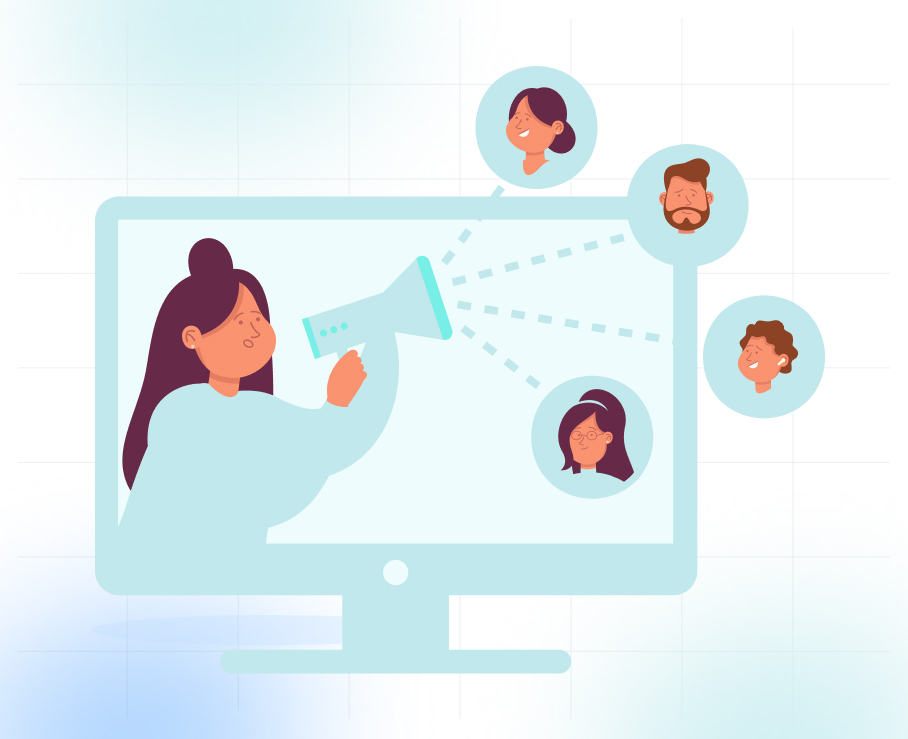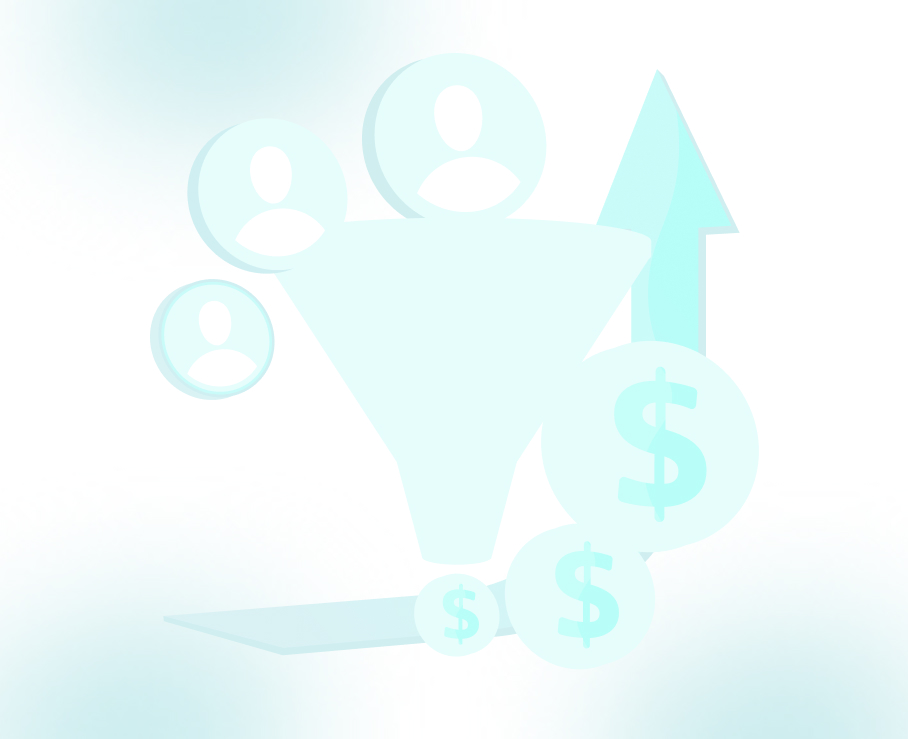
How to Increase Sales When Business Is Slow: 7 Proven B2B Strategies

Every B2B business goes through slow spells. Fewer leads, longer sales cycles, quiet inboxes, it happens. But a slowdown doesn't always mean demand is gone. Often, it means your outreach or targeting needs to shift.
A recent report found that 40% of salespeople struggle most with prospecting. When that stalls, so does revenue.
The good news? You can turn things around with the right strategy. Let's discuss the seven focused tactics to help you increase sales when business slows down.
TL;DR:
- Email is still your highest-leverage channel.
- Dormant leads are gold mines. Re-engage them with targeted sequences.
- Personalized outreach converts better than mass campaigns.
- Value-based selling helps you stand out when budgets tighten.
- Automate repetitive tasks to free up your sales team.
What Is a Slow Business Phase?
A slow business phase is when your usual flow of leads, meetings, and deals starts to dry up. You might notice fewer inbound inquiries, longer decision-making cycles, or lower close rates than normal. Sales teams feel it first, with less activity in the pipeline, missed targets, and growing pressure to catch up.
A slowdown doesn't mean your offer is no longer relevant. It means your current process needs a closer look.
Why Is Your Business Slow Right Now?
Sales slowdowns don't happen for just one reason. Usually, they result from several smaller changes inside and outside your business.
Here are a few common reasons B2B companies see a dip in sales:
- Market or seasonal shifts: Budgets often freeze at the end of quarters or calendar years. Industry trends, regulations, or external events can also affect buying cycles.
- Cold outreach is falling short: Generic emails or outdated templates don't cut through. Buyers expect relevance and value from the first touch.
- Your follow-ups are too slow: Delayed responses cause interest to fade. In fast-moving markets, response time can make or break a deal.
- Misalignment between marketing and sales: If your messaging and targeting are out of sync, even a full pipeline may not convert. Sales ends up chasing leads that aren't actually ready or relevant.
Whether it's one of these issues or something more specific to your team or industry, the important thing is not to stay stuck. Let's look at what you can do to fix the slowdown and get sales moving again.
Top 7 Strategies to Increase Sales When Business Is Slow
If the business feels like it's hit a standstill, the worst thing you can do is wait it out. Instead, use this time to get proactive, sharpen your outreach, and close the gaps that might be holding your pipeline back.
Here are seven proven B2B strategies to help you drive sales even when things are slow.
1. Double Down on Email Marketing
Email is still one of the most effective channels in B2B sales, especially when business slows. It offers an affordable option with clear results and the ability to grow with your needs.
Start by cleaning your list. Focus on contacts who match your ideal customer profile, based on role and industry. Targeted outreach outperforms mass blasts every time.
Shift your message to outcomes. Highlight how your solution saves time, reduces costs, or drives new MRR. Keep sequences short and purposeful; an intro email, a proof point, and a clear CTA work best.
Data shows that 73% of B2B marketers say email is their top channel for reaching prospects. That matters because when your competitors pull back, consistent, relevant emails stand out.
Also Read: Power of Email Marketing, The Ultimate B2B Strategy
2. Re‑Engage Cold or Dormant Leads with Smart Email Sequences
During a sales slowdown, some of your best opportunities are the ones you've already spoken to. Dormant leads may have gone quiet, but many are still a good fit—they just need the right nudge.
Former prospects already know your brand. They've shown interest before. Re-engaging them is not only faster, it's far more cost-effective. In fact, it is 3 to 10 times less expensive to renew or re-engage customers than to acquire new ones.
Start with a clean, segmented list. Build short email sequences that reference past interactions, offer new value, and invite the lead to take the next step. Keep your tone clear, relevant, and personal.
3. Personalize Your Outreach to Improve Response Rates
Generic emails get ignored, while personalization drives results.
- Make it more than just a name. Emails that include personalized subject lines see a 26% higher open rate, and personalized content can boost click-through rates by 14%.
- Use short, relevant personalization tokens. Mention a recent company milestone or common challenge to stand out.
- Keep your sequences tight and purposeful. A quick intro, one proof point, and a clear next step go further than long, salesy messages.
When business is quiet, the right message to the right person at the right time can restart momentum faster than any ad spend.
4. Focus on Value Selling to Boost B2B Conversions
Start by tying your solution to outcomes like increased monthly recurring revenue (MRR), cost savings, or process efficiency. The more specific you are, the more convincing your message becomes. Value-based selling shifts the conversation from “what does this product do?” to “how does this solve my problem?” This is exactly where you want to be.
5. Automate Your B2B Sales Process for Better Efficiency
Automating repetitive tasks not only saves hours but also allows your sales team to focus on what actually drives revenue.
Where automation helps most:
- Follow-up reminders and sequences: Ensures no lead slips through the cracks
- Lead scoring and prioritization: Helps surface high-potential prospects
- Data entry and logging: Reduces admin work so reps spend more time selling
6. Optimize Your Appointment Scheduling Funnel
When sales are slow, one of the first places to check is your appointment scheduling process. A slow or unclear scheduling flow can cause high-intent leads to drop off before the meeting stage.
Where to focus:
- Use booking links that sync with your calendar to cut the back-and-forth
- Add pre-qualification filters so only serious prospects book time
- Send follow-ups if a lead shows interest but doesn't schedule right away
The smoother your handoff from interest to meeting, the better your conversion rates—even when volume is low.
Also Read: 8 Proven Best Practices To Increase B2B Appointment Setting Success
7. Partner with a Lead Generation Specialist to Fill Gaps Fast
Working with a lead generation specialist adds additional resources, experienced support, and effective solutions to your sales process, without the cost of new hires.
A good B2B lead generation partner like TLM (The Lead Market) offers lead generation, sales qualified leads, booked appointments, account-based marketing and targeted campaigns, ready to plug into your sales process.
How TLM Can Help Increase Sales When Business Is Slow
When your pipeline dries up, what you need is not more cold calls but more qualified conversations. That’s where TLM comes in.
With over 9 years of experience, TLM helps B2B companies, including MSPs, signage and printing businesses, fill the gaps in their sales funnel using a proven outbound model focused on results.
Here's what else TLM offers:
- Pay per appointment flexibility, so you only pay for what delivers value
- Email first strategies are designed to cut through the noise and get replies from real decision-makers
- Proprietary tools that manage outreach, track performance, and streamline follow-ups
- A focused B2B team that understands long sales cycles, buyer intent, and MRR-led growth
TLM’s outbound programs are built to generate fresh leads, spark new opportunities, and drive the kind of pipeline momentum that translates into real revenue
Conclusion
Slow periods are inevitable in any B2B sales cycle. But they don't have to stall your growth. With the right strategy, even a quiet quarter can become a launchpad for stronger pipeline activity and higher-quality opportunities.
Consistent outreach, clear messaging, and qualified conversations are what keep revenue moving, even when the market feels quiet.
FAQs
1. Why do sales slow down even when demand looks stable?
Sales can dip due to internal bottlenecks, like misaligned messaging, unclear positioning, or missed follow-ups. Sometimes, it’s not a lack of demand but friction in how you’re converting it.
2. How do I know if it's time to pivot my sales strategy?
If your team is working hard but deals are stuck or shrinking, it’s a signal. Low engagement, long cycles, and a growing list of unqualified leads usually mean it’s time to reassess.
3. Is it better to invest in marketing or sales during slow quarters?
They don’t have to compete. In fact, aligning both can shorten your sales cycle. But if you must choose, invest in pipeline-filling efforts like outbound marketing or lead generation partnerships.
4. What are the early signs of a sales strategy that's failing?
Inconsistent lead flow, low meeting-to-close ratios, and constant discounting to win deals are all red flags. Tracking the right metrics can help you course-correct before it hits revenue.






